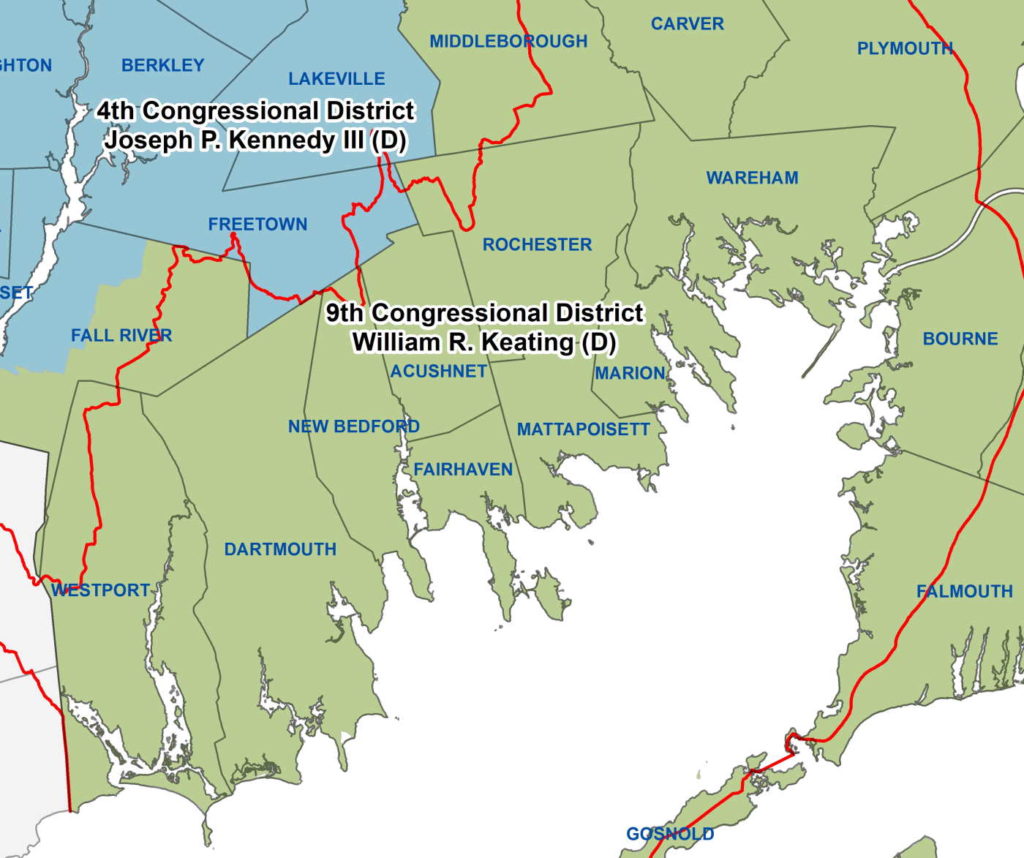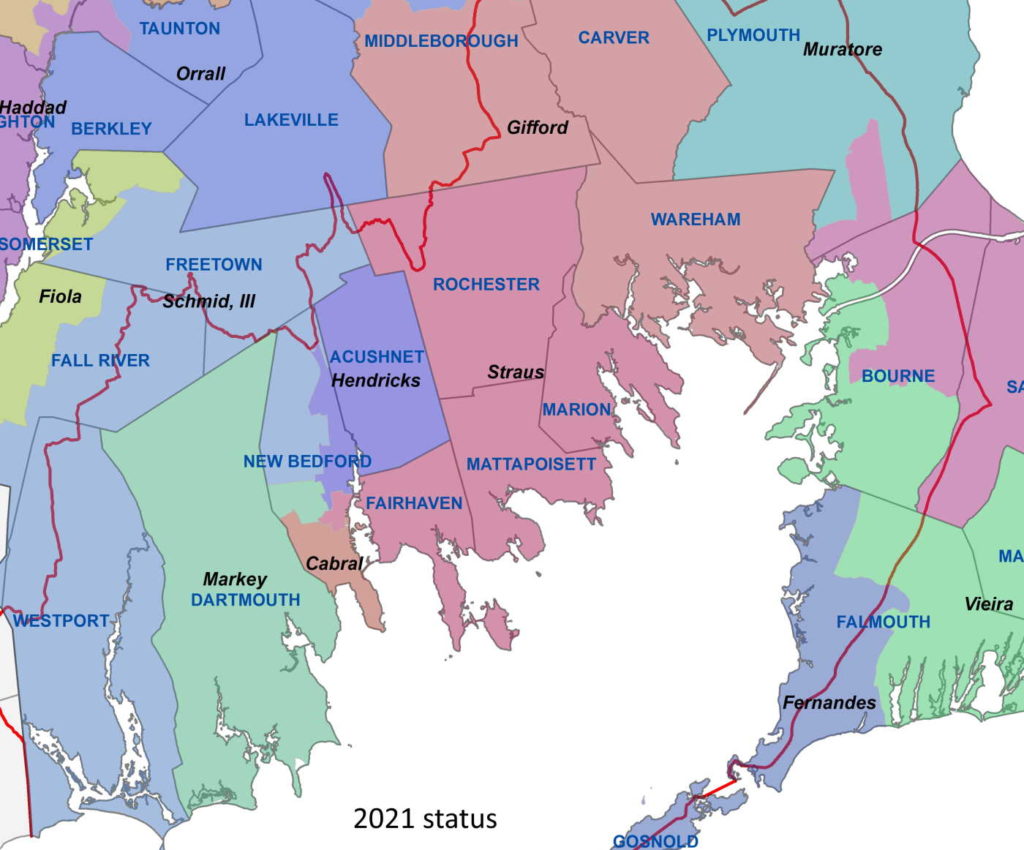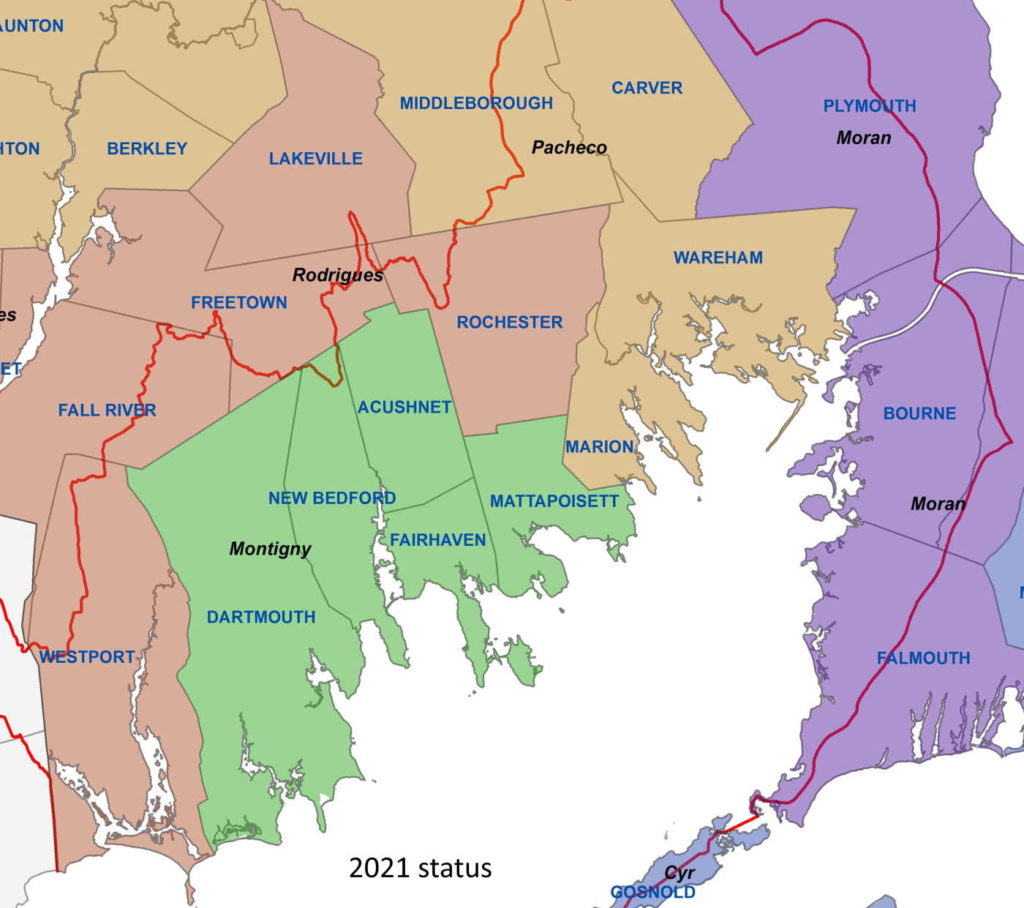Disclaimer: The views or information contained here do not necessarily reflect the views of the Commonwealth of Massachusetts or the US EPA.
Background
In 1987, Congress established the US National Estuary Program (NEP) in Section 320 of the Clean Water Act to restore and protect estuaries of national significance (see www.epa.gov/nep). Twenty-eight estuaries have been designated as NEPs by the U.S. Environmental Protection Agency (EPA), including Buzzards Bay. Each NEP developed a Comprehensive Conservation and Management Plan to achieve their restoration and protection goals, and each program receives an annual federal appropriation through EPA to monitor and facilitate action to implement their CCMPs. The National Estuary Program is non-regulatory and is designed to promote comprehensive planning for the long-term protection of estuaries through collaborative voluntary efforts of Federal, State, local, non-profit and private interests. Various federal grant programs also prioritize funding to NEPs, and recent legislation like the Investment and infrastructure Jobs Act earmark funding to NEPs.
The Buzzards Bay NEP often receives inquiries from local officials regarding the status of Federal Legislation relating to funding for the US EPA National Estuary Program. This is because past legislation has resulted in federal funds for technical assistance programs or grants for Buzzards Bay municipalities to assist them in their efforts to implement watershed Management Plans like the one in place for Buzzards Bay (The Buzzards Bay “CCMP”).
Previous Reauthorizations of the NEP and supporting Legislation
The Protect and Restore America’s Estuaries Act, with strong bipartisan support in the House and unanimous approval from the Senate, was signed into law on January 13, 2021. The Act reaffirms support for the work of the National Estuary Program, and nearly doubled the annual funding limit to $50 million. Under the new law, each NEP is authorized to receive up to $1 million each year, but actual appropriations have been less.
Authorization of Section 320 of the Clean Water Act (the National Estuary Program) had previously expired in 2010. In June 2015, Senator Sheldon Whitehouse (RI) introduced legislation, cosponsored by Senator David Vitter (LA), to re-authorize the National Estuary Program (NEP). The bill, S.1523, was titled “A bill to amend the Federal Water Pollution Control Act to reauthorize the National Estuary Program, and for other purposes.” On May 20, 2016, Senate bill 1523 became Public Law No: 114-162.
On October 11, 2004, the 108th Congress reauthorized the National Estuary Program for 5 years. Funding authorization was set at $35 million annually. The bill, HR 4731 was introduced by Representatives Jim Gerlach (R-PA) and Ellen Tauscher (D-CA) on June 25, 2004. At hearings for the bill, Richard Ribb, Director of the Narragansett Bay NEP and Vice-Chair for the Association of National Estuary Programs, testified that the NEP has evolved into a leader for coastal protection and action over the years. He noted that the NEPs have, on average, leveraged $11 dollars for each Clean Water Act dollar contributed. He also noted that the NEP was one of a handful of federal non-regulatory programs that truly attempts to address local concerns.
The Estuary Restoration Act of 2000 (PL 106 457, Title I) promoted the restoration of estuary habitat; to develop a national Estuary Habitat Restoration Strategy for creating and maintaining effective partnerships within the Federal government and with the private sector; to provide Federal assistance for and promote efficient financing of estuary habitat restoration projects; and to develop and enhance monitoring, data sharing, and research capabilities. The Act had wide agency and bipartisan support. It was championed by nongovernmental organizations such as Restore America’s Estuaries. Estuaries are defined under the Act to include the Great Lakes. The Act affects 30 states, the District of Columbia, Puerto Rico, Northern Mariana Islands, Virgin Islands, American Samoa, and Guam.
The Act authorized a program under which the Secretary of the Army may carry out projects and provide technical assistance to meet the restoration goal. Costs of projects funded under the Act must be shared with non-Federal parties. Non-Federal responsibilities and project selection criteria are discussed in the Act. Funds for project implementation have not yet been appropriated. The “Estuary Habitat Restoration Council” consisting of representatives of the National Oceanic and Atmospheric Administration (NOAA) (www.noaa.gov), Environmental Protection Agency (www.epa.gov/owow), Department of the Interior (U.S. Fish and Wildlife Service; www.fws.gov), Department of Agriculture (www.usda.gov), and the Department of Army. There may also be one ex officio member appointed by the President.
Responsibilities of the Council include soliciting, evaluating, reviewing, and recommending project proposals for funding, developing a national strategy, reviewing the effectiveness of the strategy and providing advice on development of databases, monitoring standards, and reports required under the Act. The Council developed a national strategy to ensure a comprehensive and integrated restoration approach and foster coordination of Federal and non-Federal restoration activities. The goal of the strategy is to restore 1,000,000 acres of habitat by 2010. The last meeting of the Council was in 2013.
Federal Legislation and Law Search
![]() Library of Congress Thomas legislation website
Library of Congress Thomas legislation website
![]() United States Congress US Law Code website
United States Congress US Law Code website
The Buzzards Bay Watershed Congressional Districts

As a result of the 2010 US Census, Massachusetts lost a congressional delegate, and the state was redistricted. At that time the watershed was shared between Congressmen Barney Frank (who announced his retirement) and William Keating. The boundaries changed in 2011, and the entire Buzzards Bay watershed was contained within the new Massachusetts 9th District, as of the fall 2012 election. District boundaries did not change with the 2020 Census.
![]() Congressman William Keating, Massachusetts, 9th
Congressman William Keating, Massachusetts, 9th![]() Congressional Calendar (House)
Congressional Calendar (House)
For the latest maps of State Representatives and State Senators, go to our Massachusetts Laws page.

